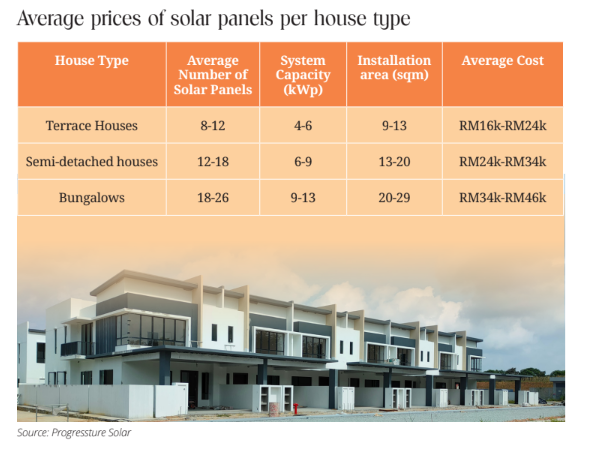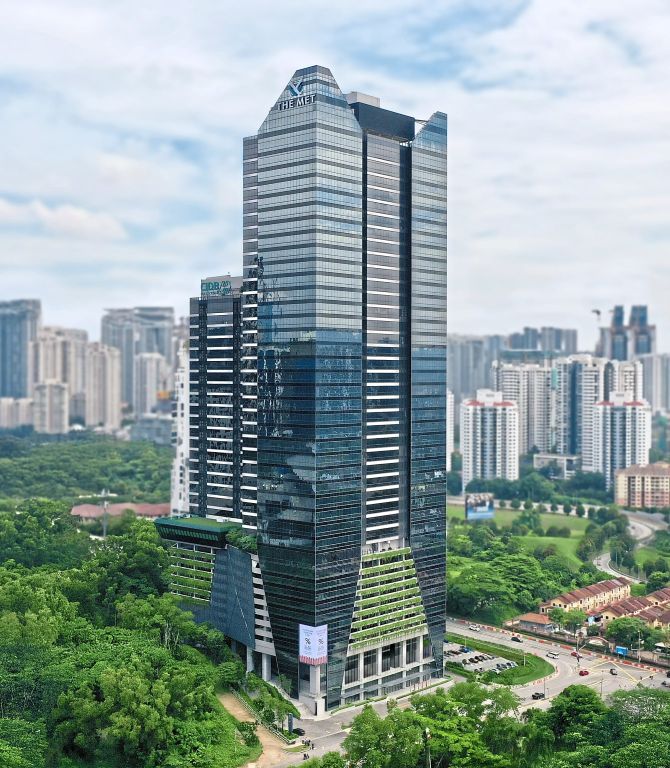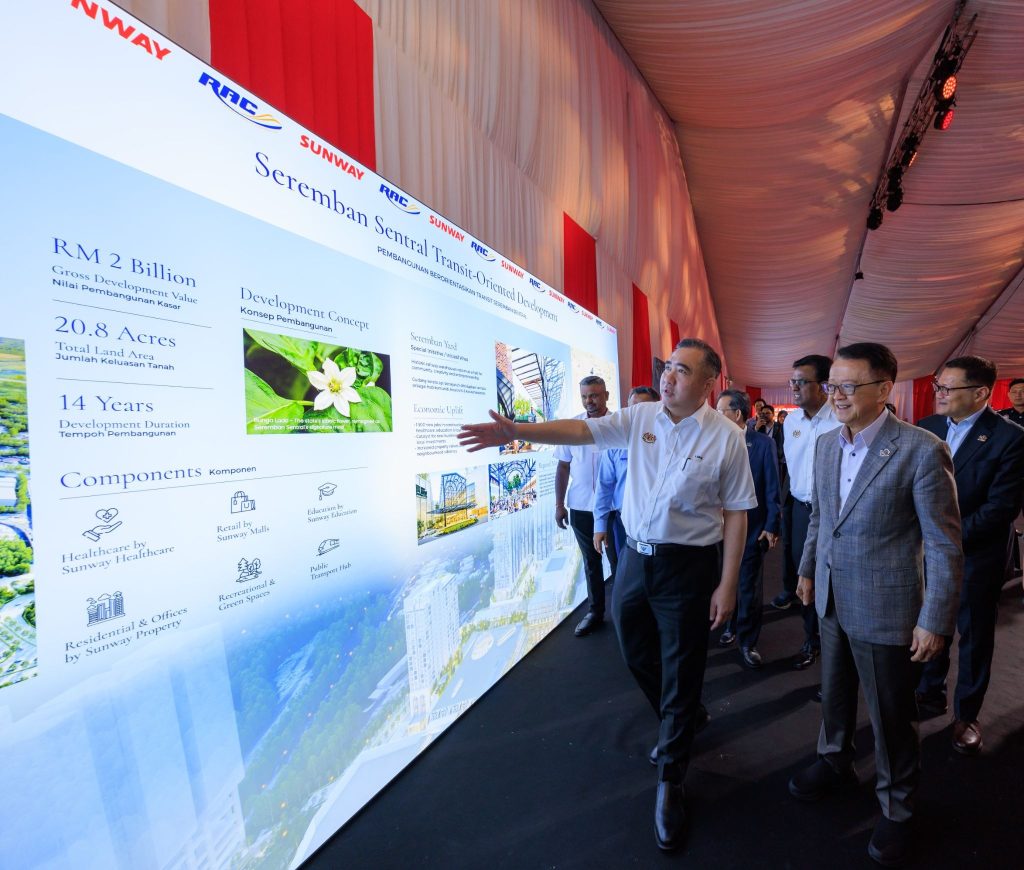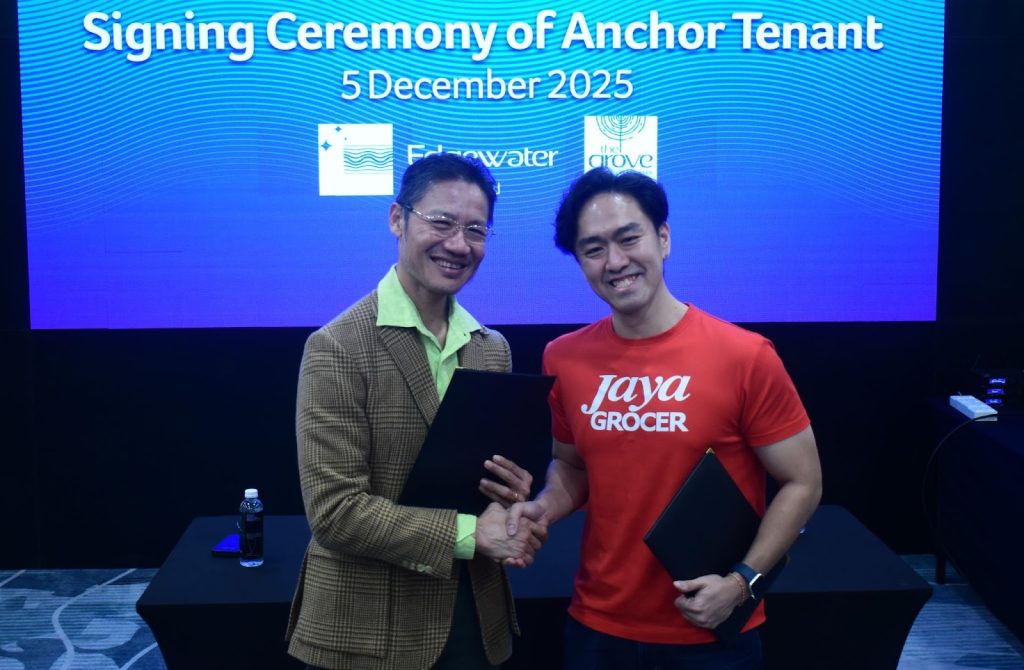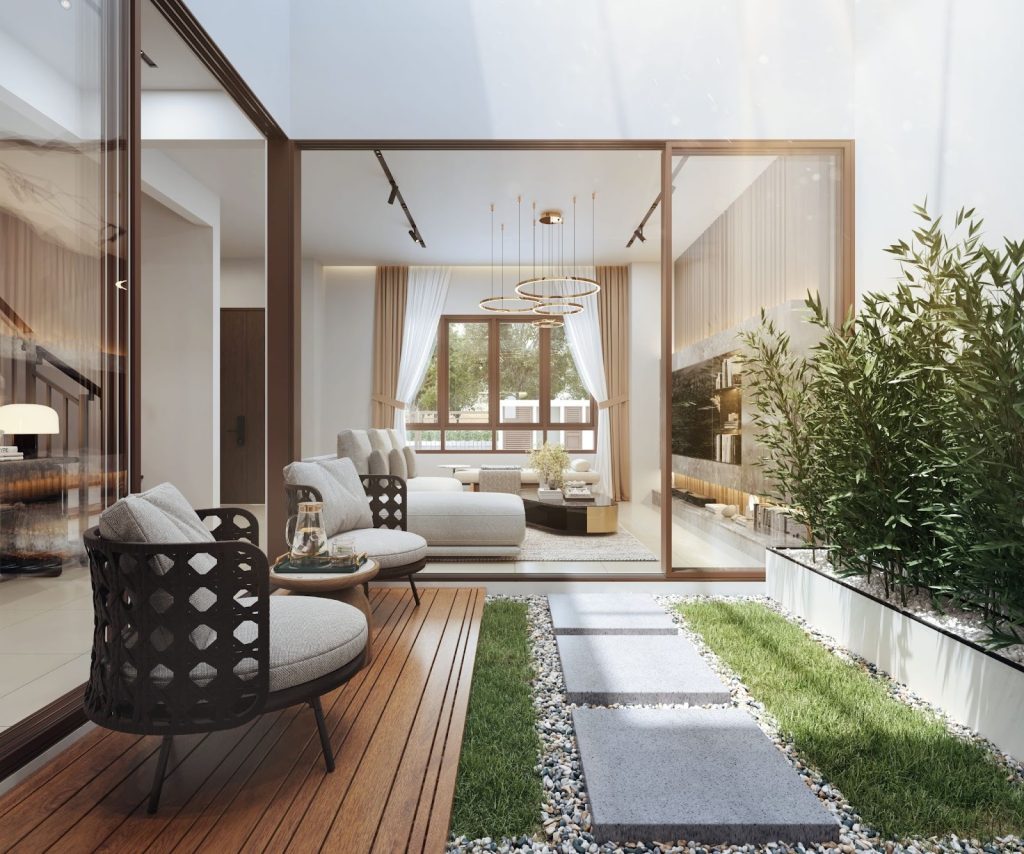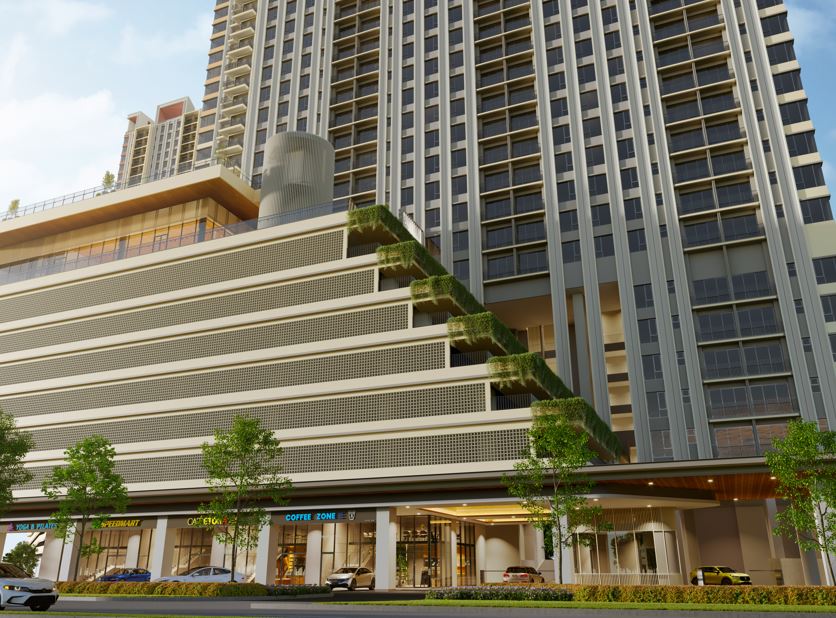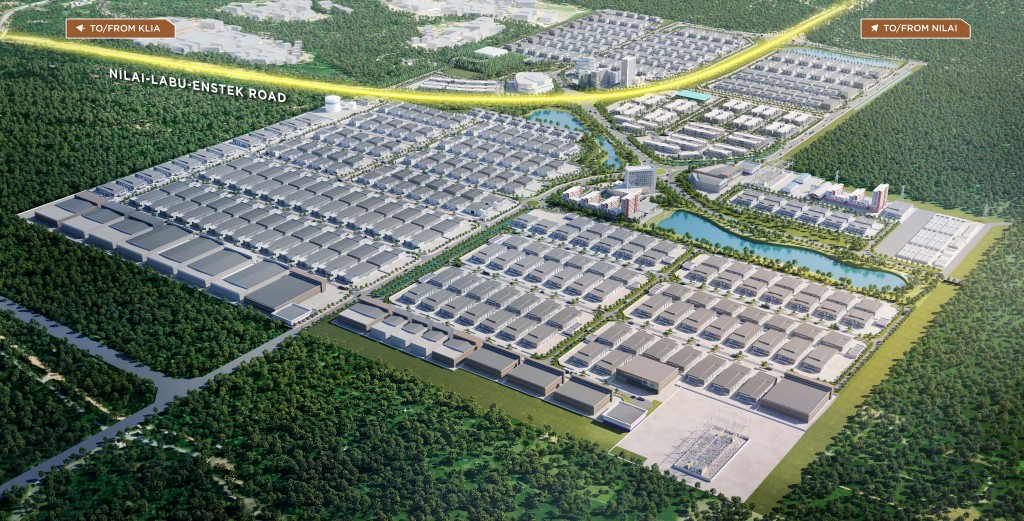Malaysia is a rapidly developing country with a growing population. This has led to an increased demand for housing, which has put a strain on the country's natural resources through deforestation and land clearing. Fortunately, the movement to build sustainable homes in Malaysia is steadily growing, which offers a number of benefits for both homeowners and the environment to combat climate change and pollution.
Sustainable housing, also known as ecological green housing or energy-efficient housing, has become a favourable method of development compared to traditional housing because it consumes less energy and resources to build them. Sustainable homes are designed to minimise their environmental impact. This can be done through a variety of means, such as using renewable energy sources, reducing energy consumption, and using sustainable building materials. Sustainable homes can also be designed to be more resilient to climate change.
The governmental Construction Industry Development Board (CIDB) stated that “the concept of green building is reshaping construction approaches, and Malaysia stands ready to embrace it early on while acknowledging the potential economic and environmental advantages it offers. The rise in environmental consciousness and corporate social responsibility among companies has heightened the desire for green buildings. Additionally, one of the primary reasons behind this booming trend is the potential cost savings associated with green buildings, particularly in electricity.”
An expert’s thoughts
Regional Asia Director at Andermatt Swiss Alps Maureen Yeo provided Starbiz7 with her thoughts and opinions on the sustainability of these green homes and how they are considered future-proof investments. “Sustainable homes are designed and built to minimise their environmental impact and maximise their energy efficiency. They use resources wisely, reduce waste, and create a healthy and comfortable indoor environment,” said Yeo.
“Having green features, such as solar panels or energy-efficient appliances doesn’t constitute a sustainable home. This is because of the overall environmental impact, including the materials used in construction, the location of the home, or the lifestyle of the occupants. Green certifications and building standards are the best testaments to sustainable homes. For example, developments in Andermatt strictly follow Minergie, a Swiss building standard established in 1998. This means all facilities that we construct and operate have low energy consumption, are optimised to minimal greenhouse gas emissions, and incorporate renewable energies to maximise self-efficiency. In fact, Andermatt’s developments are using 100% carbon-neutral electricity,” she continued.
Malaysia’s equivalent, the Green Building Index (GBI) was established in 2009 by the Malaysian Institute of Architects and the Association of Consulting Engineers Malaysia. The GBI is an industry-recognised green rating tool to promote sustainability and provide developers and building owners the opportunity to design and construct green, sustainable buildings. According to its official page, these green constructions can provide energy savings, water savings, a healthier indoor environment, better connectivity to public transport and the adoption of recycling and greenery for their projects to reduce carbon footprints and impacts on the environment.
The GBI is not the only sustainability rating tool in Malaysia though. There are other applicable certifications to designate projects as environmentally sustainable. CIDB also recommends the Green Real Estate (GreenRE) and the Leadership in Energy and Environmental Design (LEED) from the US Green Building Council (USGBC). All these certifications evaluate the attributes and elements of green design in a building before providing a rating score.
Growing in number
There is a steadily growing number of green buildings and sustainable development projects across the country, as stated in a newsletter CIDB published on October 13, 2023. This is in part due to the Malaysian government putting in extra efforts to spur green building investment and demand, with a focus on several policies and schemes related to sustainable development. The Green Technology Financing Scheme is one such initiative, along with some enabling green tax incentives. The significant support by the government has played a major role in spreading awareness to developers and future homeowners alike, spurring them to take the lead in driving this trend for the sake of the environment.
Can Malaysians sustain it?
Is Malaysia really ready to shift towards sustainable living? Despite having grown in popularity in recent years, sustainable housing in Malaysia is small in numbers with only a handful really able to afford the extra incorporation of components and its ensuing maintenance costs in the long run. The production of these extra components can be costly as well, and this niche market is sometimes forced to import items.
Rainwater harvesting, solar panels and energy-efficient appliances are some of the most common systems invested into a sustainable home but just how viable are they in Malaysian weather? The weather here is hot and humid, which requires extra care and attention when it comes to harvesting rainwater. Solar panels are a good solution but the local solar power industry produces them mainly only for export purposes while the solar panels that are being used locally are all imported. Even installing solar panels will leave a dent in one’s wallet, with installations possibly costing up to RM46,000 for bungalows, depending on the number of solar panels being installed.
On the typical maintenance costs, particularly in regards to the extra components that are incorporated into sustainable homes, Yeo emphasised the fact that sustainable homes are designed with durability and efficiency in mind, so it is a long-term investment that will repay itself eventually.
“Many of the incorporated technologies, like solar panels and energy-efficient appliances, have minimal maintenance needs and long lifespans. Moreover, the initial investment in higher-quality materials and technologies often translates to reduced maintenance costs over time. The incorporation of smart home technologies aids in real-time monitoring and maintenance alerts, further mitigating extensive repair costs.
"However, some additional components are incorporated into sustainable homes that may require more maintenance. For example, rainwater harvesting systems and green roofs require regular cleaning and inspection. Additionally, some sustainable homes have features such as living walls and green spaces that require regular watering and fertilisation. Overall, the maintenance costs for a sustainable home will vary depending on the specific features that are included. However, in general, sustainable homes can be expected to have lower maintenance costs than traditional homes over the long term,” said Yeo.
Are Malaysians on board?
Eco-friendly buildings do not come cheaply, so how much are Malaysian buyers willing to buy versus the increased cost due to greening? Well, Yeo points out that the rising interest in sustainable property is undeniable and referenced the Global Buyer Survey conducted by Knight Frank. The survey showed that as much as 84% out of the 741 home buyers, composed of young Malaysian students, consider energy performance as a top priority when making a purchase decision in the future.
Despite that, prices of course are still a concern for Malaysians because although many people acknowledge the green premium, reports show that there is still a mismatch between what people are willing to pay and how much construction actually costs. Real Estate Asia published a news report entitled Malaysian Buyers Willing To Pay Only 3% More For Green Homes, and that is a big problem when compared to the 6% cost premium for a GBI-certified residential building.
In regards to the cost premiums, Yeo considers sustainable homes a future-proof investment due to their inherent ability to address environmental, economic and societal challenges. “From an economic standpoint, sustainable homes mitigate the impact on natural resources and ecosystems. As climate change and environmental conservation become central themes in policy making and consumer preferences, homes that align with these values appreciate in value.
"Moreover, these properties are often equipped to withstand extreme weather conditions and natural disasters, reducing maintenance and repair costs over time. This resilience enhances their market value, making them a sought-after commodity in the Malaysian real estate market,” said Yeo.
What about in the societal context? Yeo is confident that there is a growing shift towards eco-conscious living not only in Malaysia but globally as well. “Sustainable homes, therefore, not only meet the practical and financial needs of the homeowner but also the ethical and moral considerations of broader society. As consumer preferences evolve, properties that encapsulate sustainability, efficiency and resilience will be in high demand, ensuring that their market value is not only retained but appreciated,” continued Yeo.
Governmental support for overall sustainability
With all the green initiatives provided by the government so far, Malaysia is on track to achieving its sustainability goals as a whole. The Twelfth Malaysia Plan (12MP) along with the United Nations Sustainable Development Goals 2030 (SDG2030) are sufficient and manageable enough for long-term interest on both national and international levels.
12MP’s focus over the next five years will be on the key themes of resetting the economy, well-being and inclusivity as well as advancing sustainability. Under its Theme 3, the Malaysian government aims to advance green growth by enhancing energy sustainability and transforming the water efficiency sector as well. The next five years will see a nationwide shift to more sustainable economic practices and lifestyles that value natural endowments and environmental health. It will address issues of climate change, unsustainable consumption and production practices. Green growth will be augmented in achieving sustainability, and it will be a shared responsibility in moving towards being a low-carbon nation.
As of now, Malaysia is also still a member of the Working Group Sustainable Development Goals Indicators (WGSDGI) at the Asean level and has been actively involved in the preparations for Asean SDG Baseline Reports annually, and will continue to contribute to the Asean SDG Indicator development works.
(This article was first published in Star Biz7 on October 28, 2023.)
Stay ahead of the crowd and enjoy fresh insights on real estate, property development, and lifestyle trends when you subscribe to our newsletter and follow us on social media.


